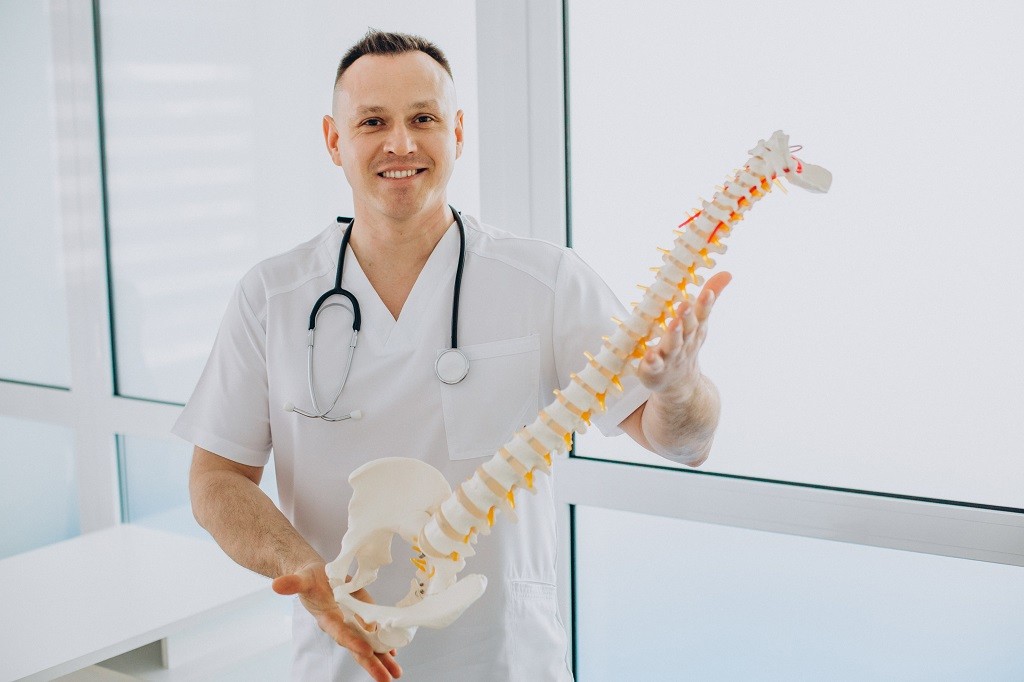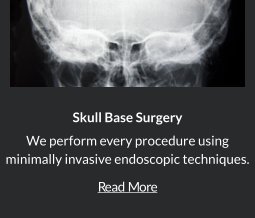Artificial cervical disc arthroplasty is a procedure that replaces the natural spinal disc with an artificial one. It is considered to be major surgery and requires a hospital stay. Getting an artificial cervical disc arthroplasty can improve pain and quality of life if you’re a candidate.
Not everyone can be a candidate for artificial cervical disc arthroplasty. Your neurosurgeon will examine very specific indications before suggesting the surgery. There are also varying techniques and types of artificial cervical disc arthroplasty that some patients may be better candidates for.
Artificial cervical disc arthroplasty is a delicate procedure that can bring new life to many people suffering from different spinal conditions. Each type and technique will vary among neurosurgeons and the patient’s needs.
What is Artificial Cervical Disc Arthroplasty?
Artificial cervical disc arthroplasty is a surgical procedure that is approved by the Food and Drug Administration (FDA). It was discovered to improve spinal surgery outcomes, reducing complications from already existing spinal surgical procedures.
When a patient undergoes artificial cervical disc arthroplasty, a disc is removed and replaced. The original disc could be damaged in an injury or degenerated over time. A disc could also be misplaced, and the artificial disc will realign the displaced disc. If damaged discs in the cervical spine aren’t treated, it can cause nerve damage and pain throughout the body and bone spurs.
Artificial cervical disc arthroplasty has some of the highest success rates when reducing pain and symptoms associated with damaged cervical spine discs. Research has also found that any risks are more associated with the indications rather than the surgery itself.
Indications for Artificial Cervical Disc Arthroplasty
Since artificial cervical disc arthroplasty is major surgery, a neurosurgeon Newport Beach will carefully examine a patient before deciding to do the procedure on them. Some of the indications for receiving an artificial cervical disc arthroplasty are:
- A damaged cervical spine disc from injury.
- Cervical degenerative disc disease.
- Numbness and weakness from the neck to the arms.
- Failing six weeks of treatment with pain medication, chiropractic care, and physical therapy.
- Herniated nucleus pulposus
- Spondylosis
- Symptoms progressively get worse
Any conditions treated by an artificial cervical disc arthroplasty must be confirmed by radiographic imaging such as CT scans, MRI, and X-rays.
Contraindications of Artificial Cervical Disc Arthroplasty
There are some contraindications for receiving an artificial cervical disc arthroplasty as with any surgical procedure. The contra indicators are:
- Bones have not fully grown and matured.
- An active infection.
- Metabolic bone diseases such as osteoporosis
- An allergy to what the implant is made of is usually stainless steel, cobalt, or titanium.
- Pregnancy.
- Multiple discs need to be replaced.
If you have any contraindications and your doctor has chosen this procedure for you, remember that the benefits outweigh the risks. Talk to your doctor to see if this is the right procedure for you.
Types of Artificial Cervical Discs
Over the years that artificial cervical disc arthroplasty has been around, different types have developed. The different discs that have been developed were created to change stability, range of motion, and material. The different types of artificial cervical discs are:
- Mobi-C Cervical Disc: this cobalt cervical disc was approved by the FDA in 2013 and can reconstruct discs C3 through C7.
- ProDisc-C: a cobalt ball-and-socket semi-constrained artificial disc.
- Bryan Artificial Disc: a semi-constrained artificial disc made of titanium.
- DISCOVER Disc: a titanium ball-and-socket disc to give an optimal range of motion.
Within the brands of artificial cervical discs, there are three types of discs used that vary in degrees of mobility and stability:
- Constrained: more stability with less range of motion.
- Semi-constrained: the amount of stability and range of motion are varied between constrained and semi-constrained.
- Unconstrained: less stability with the most range of motion.
Artificial Cervical Disc Arthroplasty Techniques
There are different types of artificial disc arthroplasty types, but there are different techniques that neurosurgeons will use depending on their specialty and patient’s needs. The different techniques for artificial cervical disc arthroplasty depend on the type of cervical disc being used.
Anterior cervical discectomy is used to minimize how invasive the procedure is. The placement technique will vary depending on indications and the medical device used.
Risks of Artificial Cervical Disc Arthroplasty
As with any surgery or procedure that anyone can undergo, there are different risks that someone can potentially experience if they have an artificial cervical disc arthroplasty done. The potential risks that someone faces when undergoing this surgery are not limited to the following:
- Laryngeal nerve injury
- Esophageal injury
- Spinal cord injury
- Hematoma
- Implant migration
Remember that if your doctor has recommended this surgery for you, they have found that the benefits outweigh the risks.
Conclusion
Artificial cervical disc arthroplasty has been around for decades. However, in recent years due to improved artificial discs and less invasive techniques, the outcomes from the surgery have dramatically improved. Contact us at Robert Louis MD to schedule an appointment by calling us at (949) 383-4185.

















